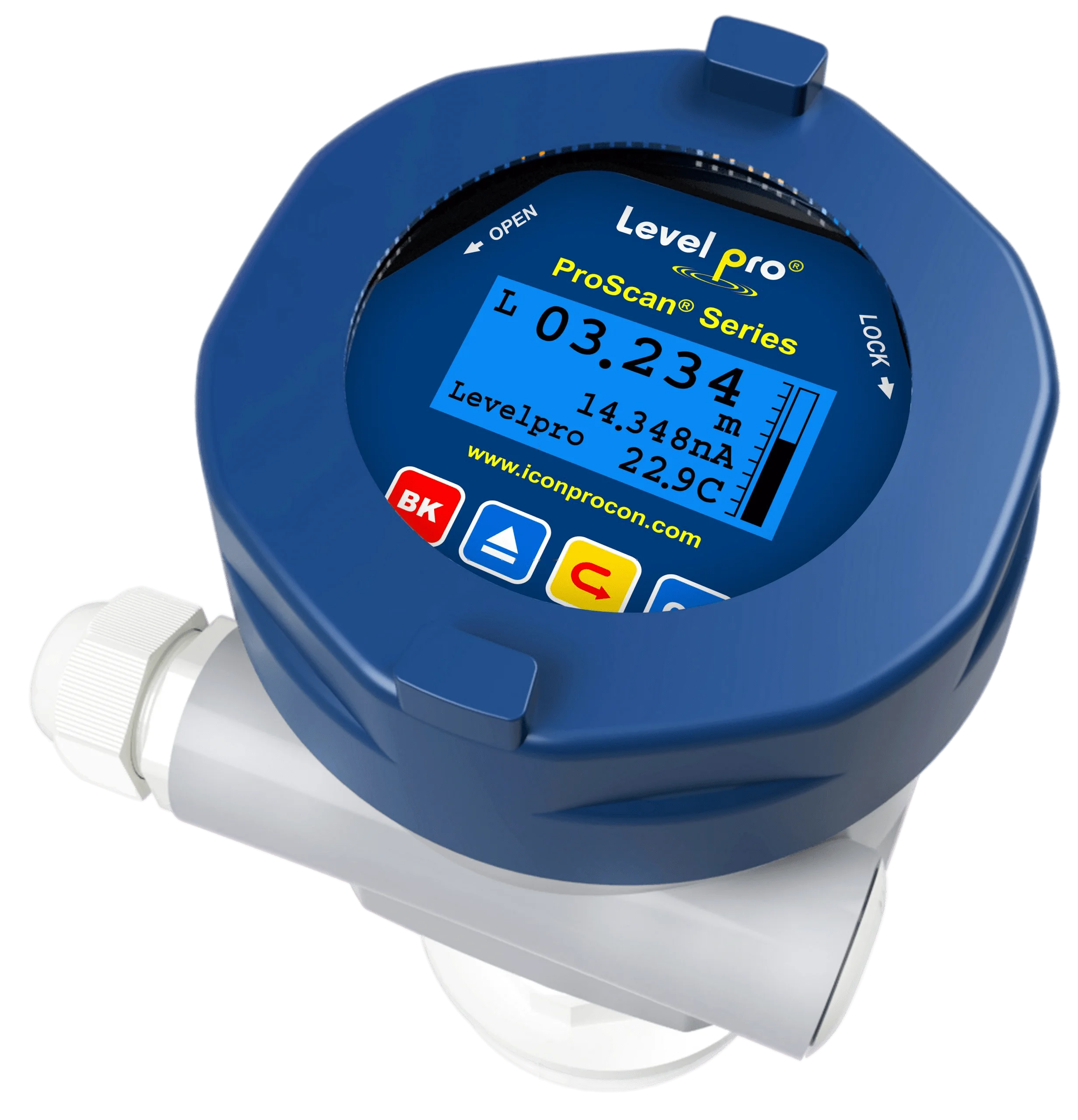Straight Talk On Selecting The Best Tank Level Radar Sensor

When choosing a radar level sensor, there are a number of considerations that need to be made to guarantee that the sensor will be able to deliver data that are precise and dependable for the particular application.
Range of operation: The range of operation of the radar sensor is an important factor to take into consideration since it dictates the distance that exists between the sensor and the surface of the substance that is being measured. It is essential to choose a sensor that has a measuring range that corresponds adequately to the requirements of the particular application and that is able to provide precise readings regarding the quantity of the material.
Frequency of operation: Radar level sensors can work at a variety of frequencies, and the one that is best for a given application is going to depend on that frequency. Radar sensors operating at a frequency of 26 GHz are most frequently utilised in applications in which the material being measured is highly reflective, such as in the case of liquids and powders. Radar sensors operating at 80 GHz, on the other hand, are most frequently utilised in applications in which the substance being measured is less reflective, such as when granular or bulk materials are being evaluated. Radar sensors operating at 80 GHz have a shorter wavelength, which allows them to detect at a higher resolution level. These radar sensors can also see through dust, steam, or foam.
Accuracy of measurement: The radar sensor’s measurement accuracy is a crucial factor to take into account because it determines the sensor’s capacity to precisely estimate the level of the material. It is essential to choose a sensor that not only has a high degree of measurement precision but also has the capacity to deliver measurements that are consistent and repeatable.
Temperature and pressure range: The temperature and pressure range of the radar sensor is another significant factor because it dictates the operating circumstances under which the sensor may be utilised. Temperature and pressure ranges can be found on the manufacturer’s data sheet. It is essential to choose a sensor that can function normally within the specified limits of both the temperature and the pressure that the application calls for.
Mounting options: It is also crucial to evaluate the radar sensor’s mounting options, since they will determine where and how the sensor can be put. These options can be found in the user manual. It is essential to choose a sensor that can be easily installed in the particular position and comes with a number of mounting choices, such as flange, thread, or rod. In addition, the sensor should be easy to instal.
Communication and Integration: Some radar level sensors have the capacity to communicate with other devices, like as control systems and PLCs. This enables the sensors to be integrated into larger control systems. It is important to give thought to the communication interface and protocol and ensure that they are compatible with the current system.
In conclusion, while choosing a radar level sensor, it is essential to take into account the working range, the operating frequency, the measurement accuracy, the temperature and pressure range, the mounting options, as well as the communication and integration. Radar sensors with a frequency of 26 GHz are frequently utilised in applications in which the material being measured is highly reflective, such as in the case of liquids and powders. Radar sensors with a frequency of 80 GHz are frequently utilised in applications in which the material being measured is less reflective, such as in the case of granular or bulk materials. Radar sensors operating at 80 GHz have a shorter wavelength, which allows them to detect at a higher resolution level. These radar sensors can also see through dust, steam, or foam.
Learn more about level sensors
Please contact us to discuss your application


